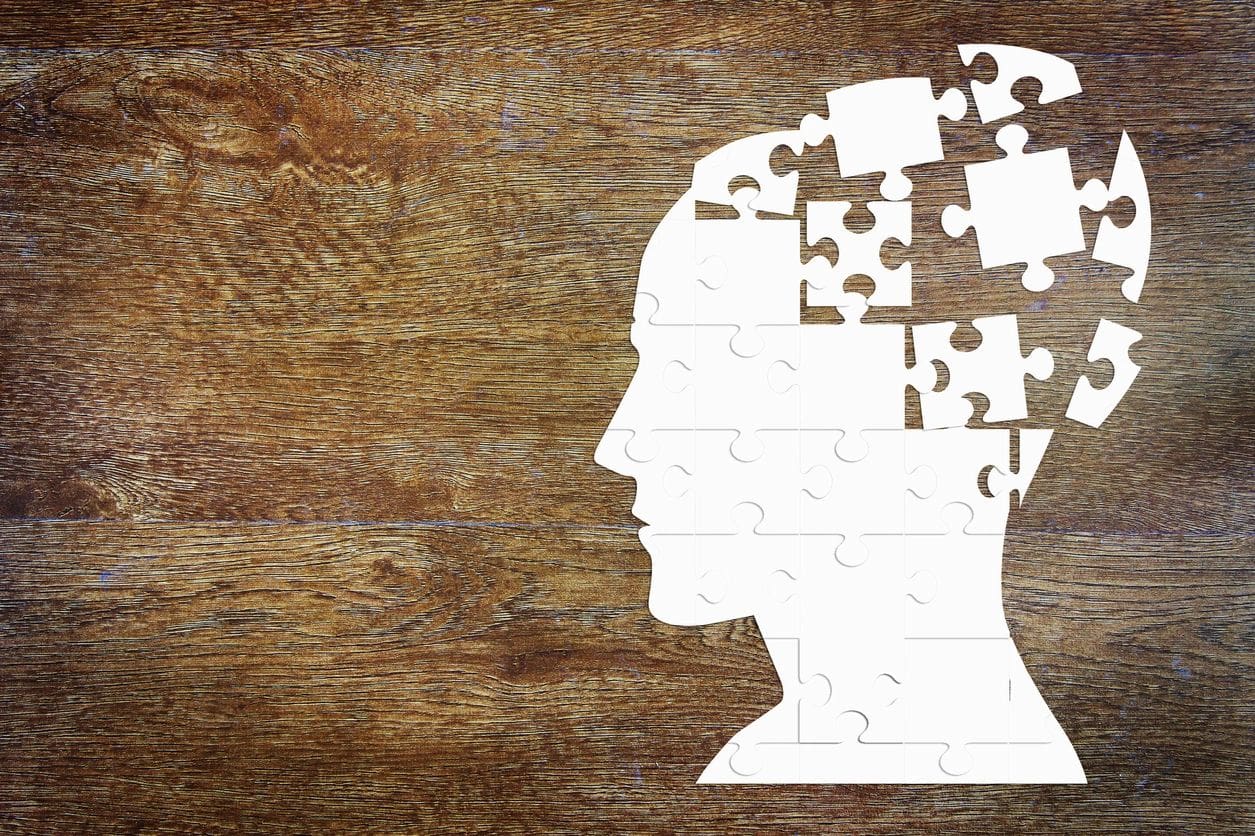Search Posts
Recent Posts
- U.S. Carries Out Limited Strike on Iran’s Known Nuclear Sites (Updates) June 22, 2025
- A Greener View: E. Coli vs. Vegetables, and Your Garden – Jeff Rugg June 22, 2025
- Rhode Island Weather for June 22, 2025 – Jack Donnelly June 22, 2025
- Ask Chef Walter: The Art and Science of Baking – Chef Walter Potenza June 22, 2025
- Gimme’ Shelter: Aurora is waiting for a home at the Providence Animal Control Center June 22, 2025
Categories
Subscribe!
Thanks for subscribing! Please check your email for further instructions.

GriefSPEAK: Your brain on grief – Mari Nardolillo Dias
by Mari Nardolillo Dias, EdD, contributing writer
If 2023 was your first year in grief, you probably spent most of it in a blurry haze through the rear view window of time. It went by so fast. It went by so slow. Yet, it was an emotional Ferris Wheel. If 2023 was your second year in grief, it was probably a bit different than the first. Many say the second year is the hardest. Why?
Let’s look at the brain on grief. Initially, the part of our brain that controls emotions and another part that controls rational thinking are underactive. Think of the implications of that. Then add the fact that the emotional center of the brain is overactive. This is a simple explanation of the brain on grief. And the subsequent emotional storm that occurs.
This also explains why two seemingly contradictory beliefs can be held simultaneously: my loved one is dead – and – they may return. Some protective factors exist in the first year. In the second year, our brain begins to recognize the reality of the permanence of the death. They are not coming back. This is scary and the finality can be a devastating blow to the brain. What happened?
Our brains are made up of virtual maps. Take a moment. Think of someone here in your life. At this very moment, where are they? What are they doing? You can picture all of the details without even thinking about it. Our brain’s virtual map can easily provide the picture. It has encoded the information. What if you could not find the picture? You may resort to old visuals that create the grief anew. Think of your brain as your smart phone. You may have a “find my” app. A ‘share location”. It’s pretty easy to find someone’s whereabouts anywhere on earth in less than a minute; however, how might you feel if the results of the app are “cannot locate”, “cannot be found”? You may be concerned and call or text. What if there is no response? You may panic until you locate them. That is the analogy of what happens to our brain’s virtual map. Yet, in death and grief no one responds to the text or voice mail. The “find my” continues showing the results. “Cannot locate.” The brain is confused. The visual map is altered. The brain cannot understand. Until it does. What to do? Are there any strategies to rewire the visual map? Yes. Create new experiences. The brain will then create new avenues and resist the dead-end.
Here we stand at the cusp of 2024. If it is your first year of grief, give yourself permission to ride the emotional onslaught and forgive yourself for “not being yourself”. If it is your second or twentieth year of grief, live it without regrets. Take advantage of opportunities to meet new people, engage in new experiences. Volunteer your time. Engage in spiritual/religious activities. (God can change the brain)
These are not simple resolutions, create new avenues, roads, even a narrow winding path if you want to take it slow. It won’t be easy, but will be fruitful and grief-altering.
Wishing you all a blessed 2024.
___

Dr. Mari Nardolillo Dias is a nationally board-certified counselor, holds a Fellow in Thanatology and is certified in both grief counseling and complicated grief. Dias is a Certified death doula, and has a Certificate in Psychological Autopsy.
She is an Adjunct Professor of Counseling and Psychology at both Johnson & Wales University and Community College of Rhode Island. Dias is the director of GracePointe Grief Center, in North Kingstown, RI. For more information, go to: http://gracepointegrief.com/

Good thoughts…..